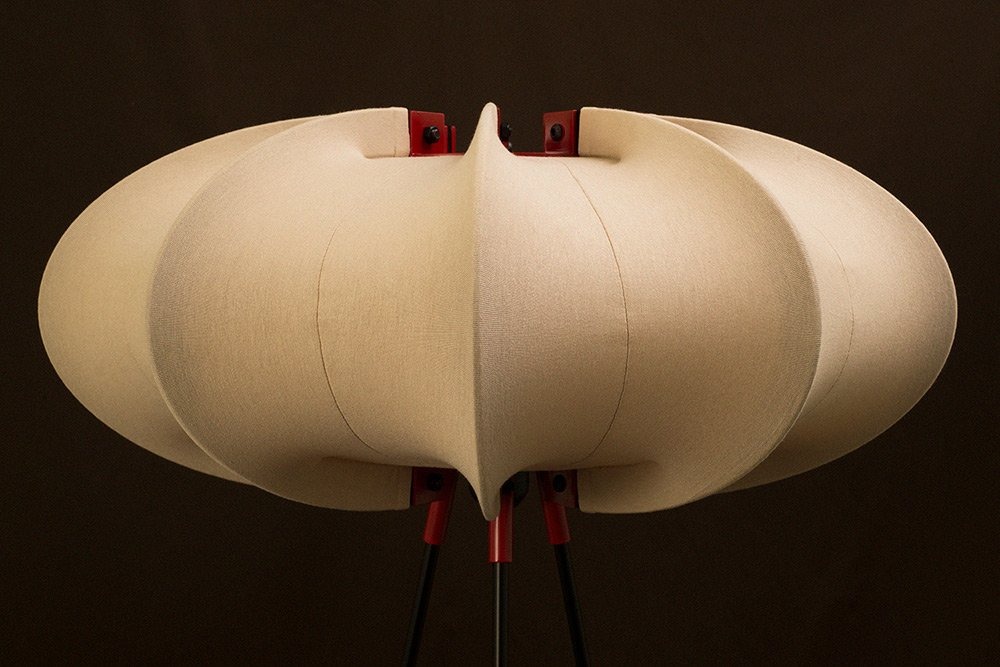
Light, Fashion, and Inclusivity
Sofia Anna Dolin
An Interview with Danish Designer Mathilde Bess
Danish product designer and sculptor Mathilde Bess has always been deeply concerned with inclusivity in society, particularly for those who may feel overlooked. For her graduation project at Kolding Design School, she created 'The Wheeled Body,' which featured 13 pieces of clothing designed specifically for three models – all women with muscular dystrophy who use wheelchairs. Instead of designing fashion that minimises visibility and conceals the wearer, Bess crafted flexible garments in various shades of red that convey warmth and power.
While designing the collection, she tackled more philosophical questions about how one can feel belong to society, viewed through the lens of fashion and the body, which led her to pursue a master's program in Fashion Cultures and Histories at the London College of Fashion, where she deepened her design practice from the standpoint of phenomenological studies. This perspective views the body as a perceiving subject and emphasises how bodily experiences shape our understanding of the world. These ideas resonate in the relationship between the body and fashion, where clothing can be seen as an extension of oneself and a means of engaging with the world.
Mathilde Bess extended this exploration further by delving into the connection between light and our bodies and minds. In London, she founded her design studio, Ettra, which focuses on lamps inspired by Scandinavian design and culture around light, as well as broader human experiences. Guided by inner warmth and empathy, Bess’s work demonstrates how light serves as another layer for our bodies, creating a sense of protection, and belonging.
Mathilde Bess Fløe Jørgensen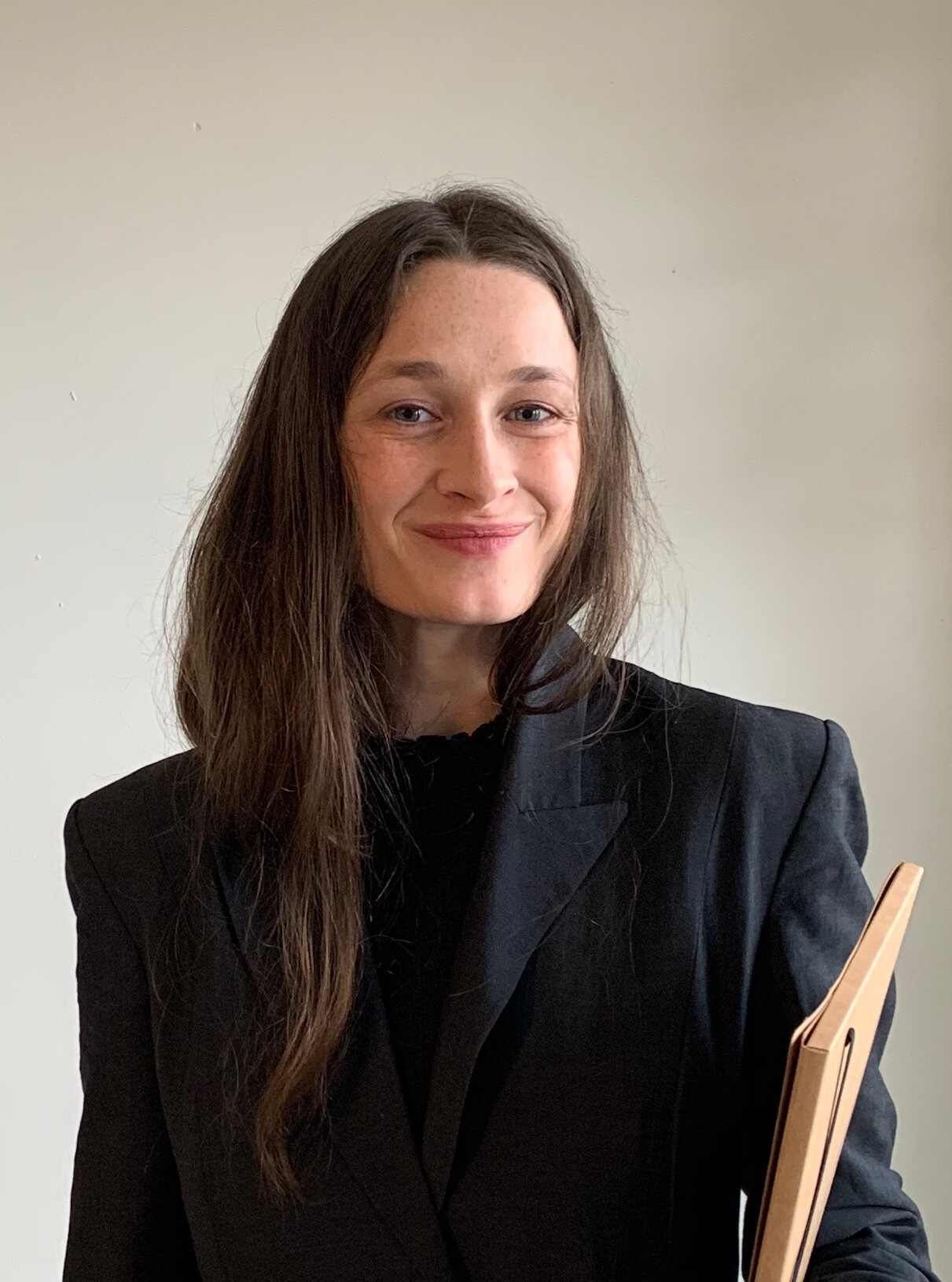
Could you tell me about how you began your creative work? How did your experiences and inspirations shape your approach to design?
Before I started studying to become a designer, I worked extensively in sculpture and exhibited my pieces. However, I found it fascinating to explore how I could standardise certain elements or how products are developed because they concern everyone. Working on sculpture was more of an isolated process, whereas designing allows you to reach a lot of people. My core interest is in how the products and everyday objects we surround ourselves with affect our lives and how we use them. Everyone uses objects to construct identities and create stories and narratives. History is understood through found and preserved objects and remains. Our ancestry is passed down through generations via these objects. Family histories are told through objects, and we shape and alter them with our unique signatures, which reflect the distinct ways we move our bodies and handle objects in everyday life. My way into design was probably a genuine interest in human behaviour and human connections.
How do you feel that the cultural context and history you grew up in shaped your interest and approach to design?
I think having lived abroad for quite some time, it has become clearer to me how inherent this bond with design is in Scandinavian culture, particularly Danish culture. We place a high value on design, and it’s not just about aesthetics; it’s also about function. There is an interplay where function also has an aesthetic aspect and vice versa. This is something I continually explore through my work – the ambiguity of function. We value design significantly in our lives, including in public spaces like hospitals, ensuring everything is accessible to everyone. Of course, there is still much room for improvement in terms of accessibility! This human-centered focus on design is an important aspect of our culture. The rule “form follows function” has been at the core of Scandinavian design values, which emphasise functionality, simplicity, timelessness, craftsmanship, quality, and innovation. These are all elements that I try to weave into my work.
Photograph: Ida Dorthea. © Mathilde Bess Fløe Jørgensen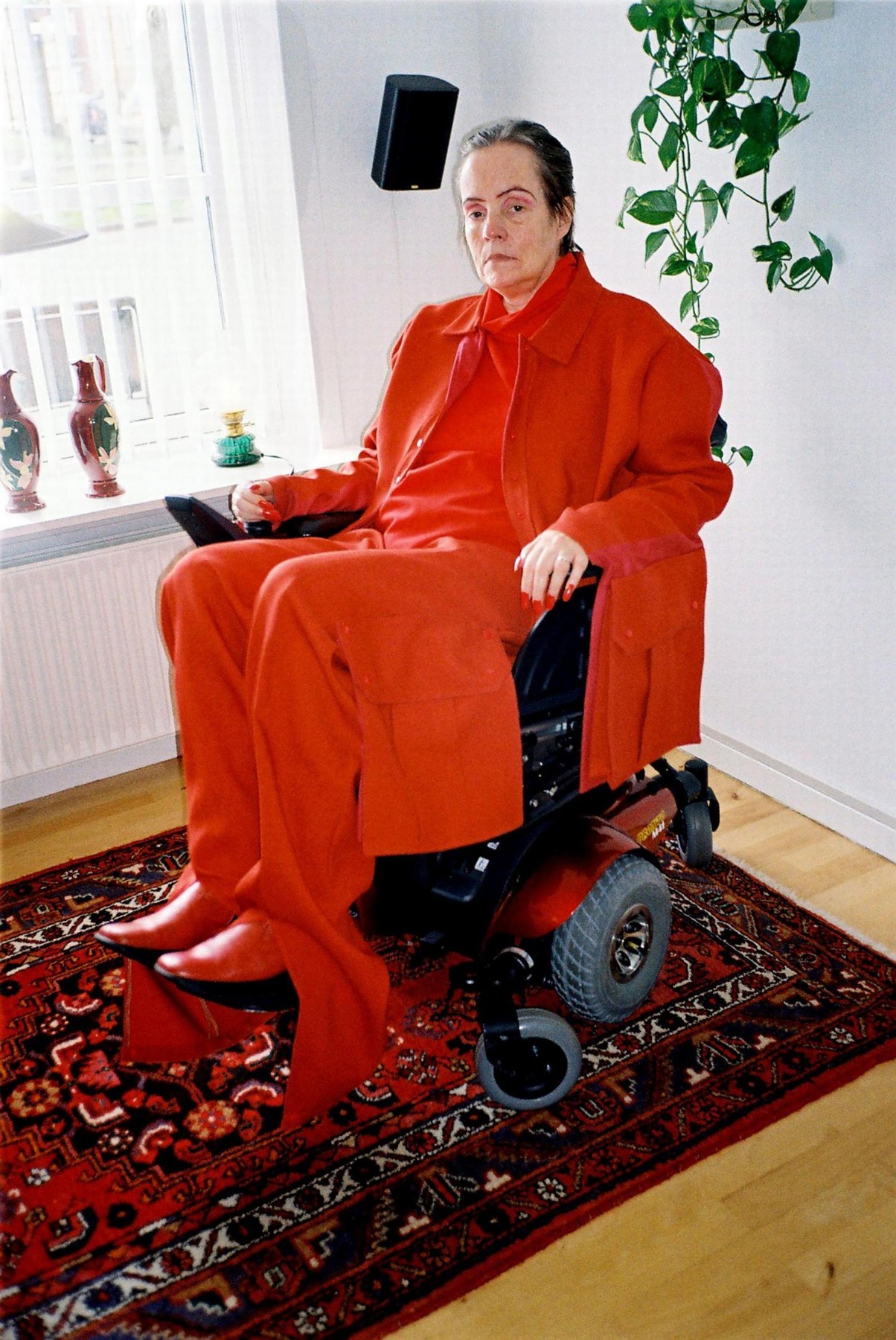
What led to your interest in creating a collection for women with muscular dystrophy in wheelchairs? Unfortunately, this area is not explored enough. We often don't see or know where disabled people are buying clothing and what special needs they have. Can you talk about that?
My interest comes from various angles. One aspect is my longstanding interest in exploring the body – its cultural connections, history, and everything related to it. Throughout history, the body has always been subject to politics, from medicine to fashion. From a garment perspective, the body is fascinating because no culture leaves the body unadorned. Historically, the body is considered in art, shaped, and embedded with cultural meanings. I was particularly interested in how the body is treated within the discipline of design – how our creations shape and influence bodies. Our designs directly impact how people control themselves - and are controlled - by what we produce and make available. I've always had quite a strong sense of justice, and it may sound like a cliché, but I've wanted to make a difference for people through my work and affect the user in a positive way. Designers carry a lot of responsibility because we use environmental resources and these resources are scarce. It’s important to be aware of how we are using resources and where they come from but also prioritise sustainable thinking and be socially responsible.
After this project you studied Fashion Histories and Cultures at London College of Fashion and explored fashion from cultural and social theories perspective. How do you think fashion design is tied to knowledge of philosophy?
The blend of disciplines – from cultural and historical studies to product design – has given me a profound appreciation for the stories behind objects and traditions. This perspective allows me to create designs that are not only aesthetically pleasing but also rich in narrative. Additionally, insights gained from social studies have provided me with a deeper understanding of the phenomenological experience of using products and the larger mechanisms at play in design and consumption. Being aware of the human-centred experience is crucial during the design process.
© Mathilde Bess Fløe Jørgensen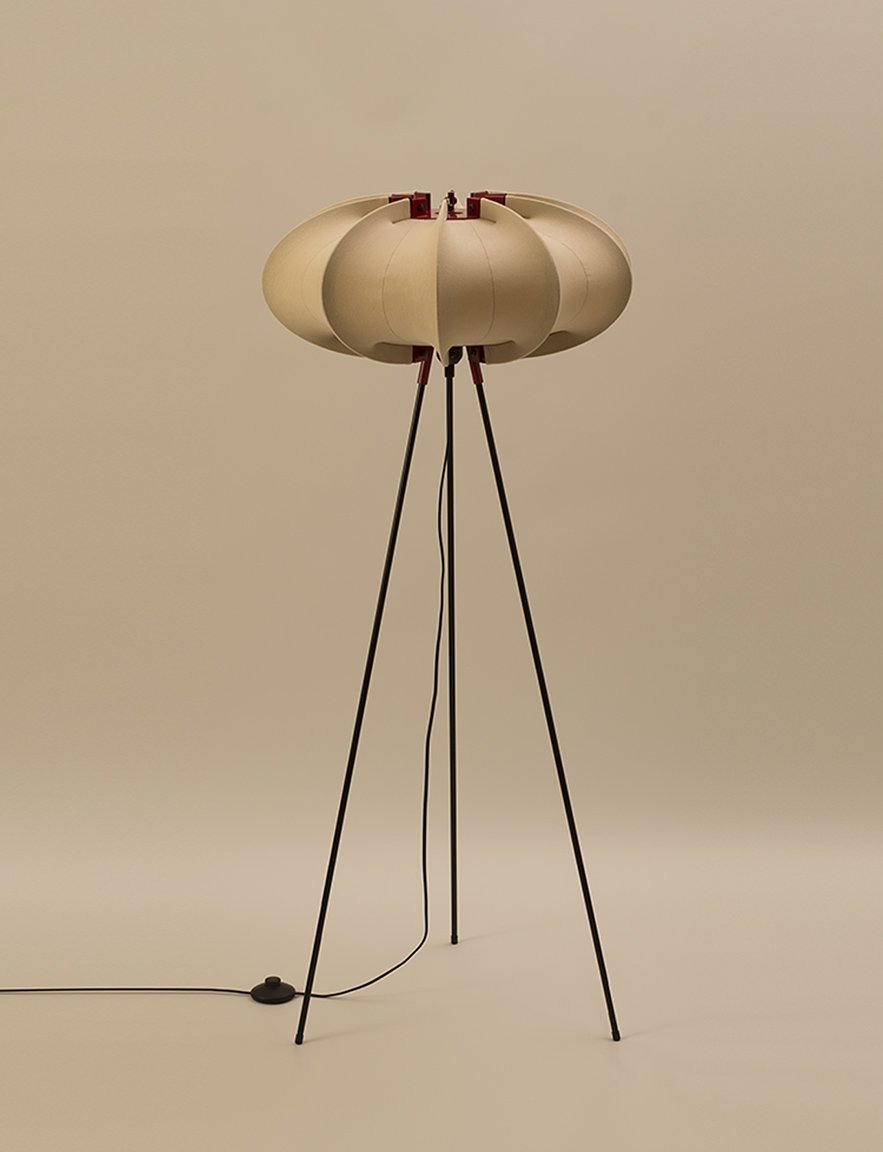
What prompted your transition from fashion design to lamp design? How did it start?
I've always mixed disciplines quite a lot, so there has never really been a clear separation. While there are differences in the categories products fall into, the inspiration often transforms into different shapes quite literally. For me, the key focus has been creating objects that connect people with themselves and others. These projects can take many forms. Technically, there are differences in materials and manufacturing methods, but when it comes to the products we choose to use and hold onto, there isn't much difference between a jacket and a lamp. The function is different, but also the same because in a way, it's an object that you connect with and that you use to signal belonging. Of course, a lamp is a fixed object that you put in a room, while a jacket is something you wear; it’s moving all the time and it’s in contact with your body. But in a way, light is also in contact with your body; it also affects your experience of the world. So I think to me they're quite connected.
© Mathilde Bess Fløe Jørgensen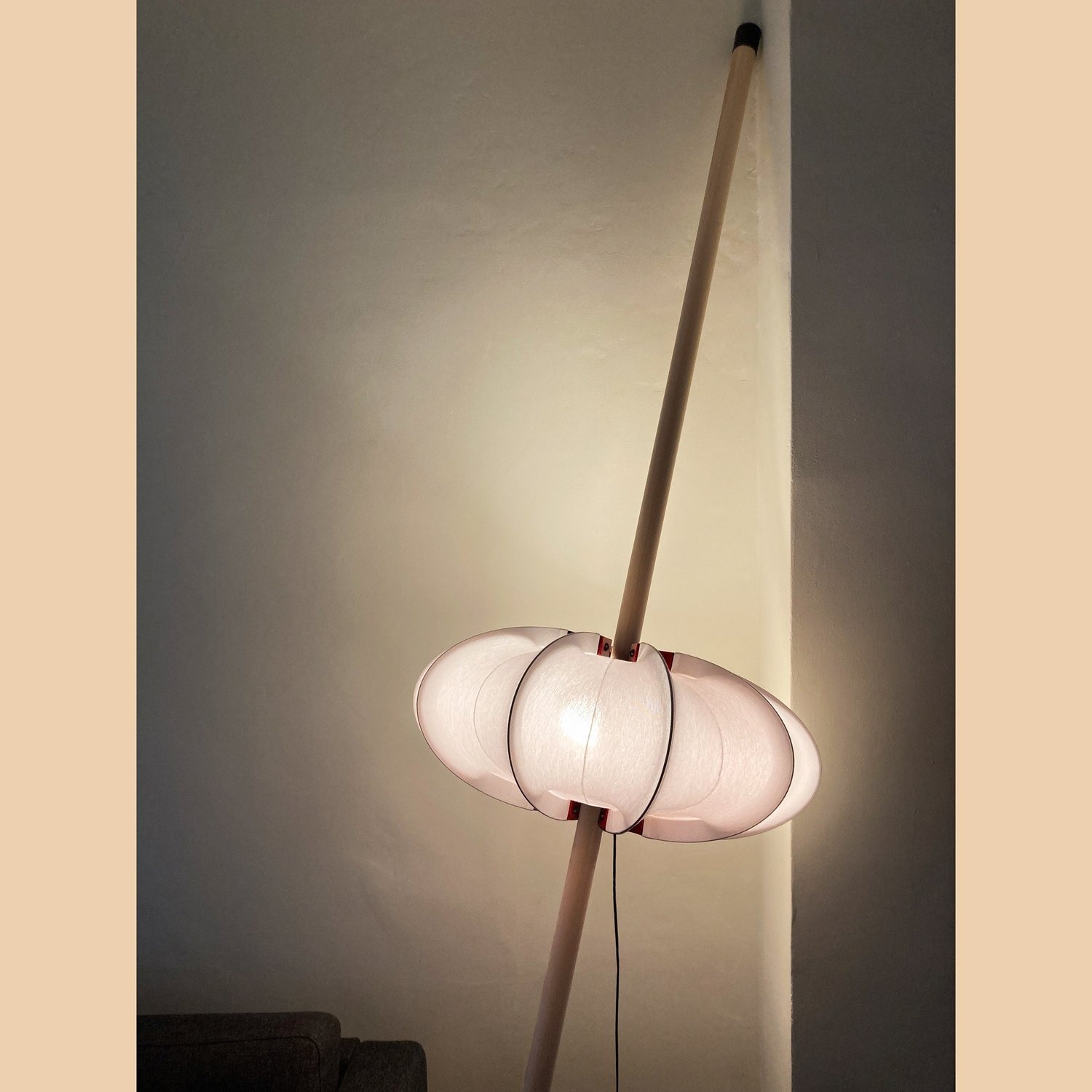
In Danish culture, what symbolic and practical role does light play? Does this cultural experience influence your lamp designs?
Yeah, I think light plays a very important role in our culture. The Danish concept of "hygge" derives from our tendency to live in darkness for much of the year. It's instinctive for us to surround ourselves with light. This preference for light has evolved from traditional sources like fire, which provided dim light which has been developed into soft, diffuse lighting today. We still use candles extensively. In modern times, this has translated into warm, soft lighting rather than strong, bright, cold light. This type of lighting is associated with togetherness, connecting with others, and a sense of safety, shielding us from the harshness of the outside world. This feeling creates a strong bond and connection to the people in that kind of environment. We're not very extroverted, and we spend a lot of time inside our houses, it's very special to be invited into a Scandinavian person's house because it's a very sacred space. I believe this cultural preference for cosy light influences my use of warm, dusty, natural colours in my lamp designs.
What is the process behind designing your lamps?
I'm combining craft and innovative methods. I use digital tools to create components of my products by designing them on my computer and bringing them to life through printing. I ensure that all printed parts are made from 100% reused plastic, specifically plastic retrieved from the sea and beaches, giving it new life in different forms. Another aspect is integrating craft with the textiles I use. I employ a very old, analog technique by hand-dyeing the fabrics and sewing them myself. There's a big contrast in that, and I enjoy combining these different methods. In design, there's often a tendency to focus exclusively on traditional crafts or digital technology. I prefer combining both in a sustainable and environmentally friendly way.
© Mathilde Bess Fløe Jørgensen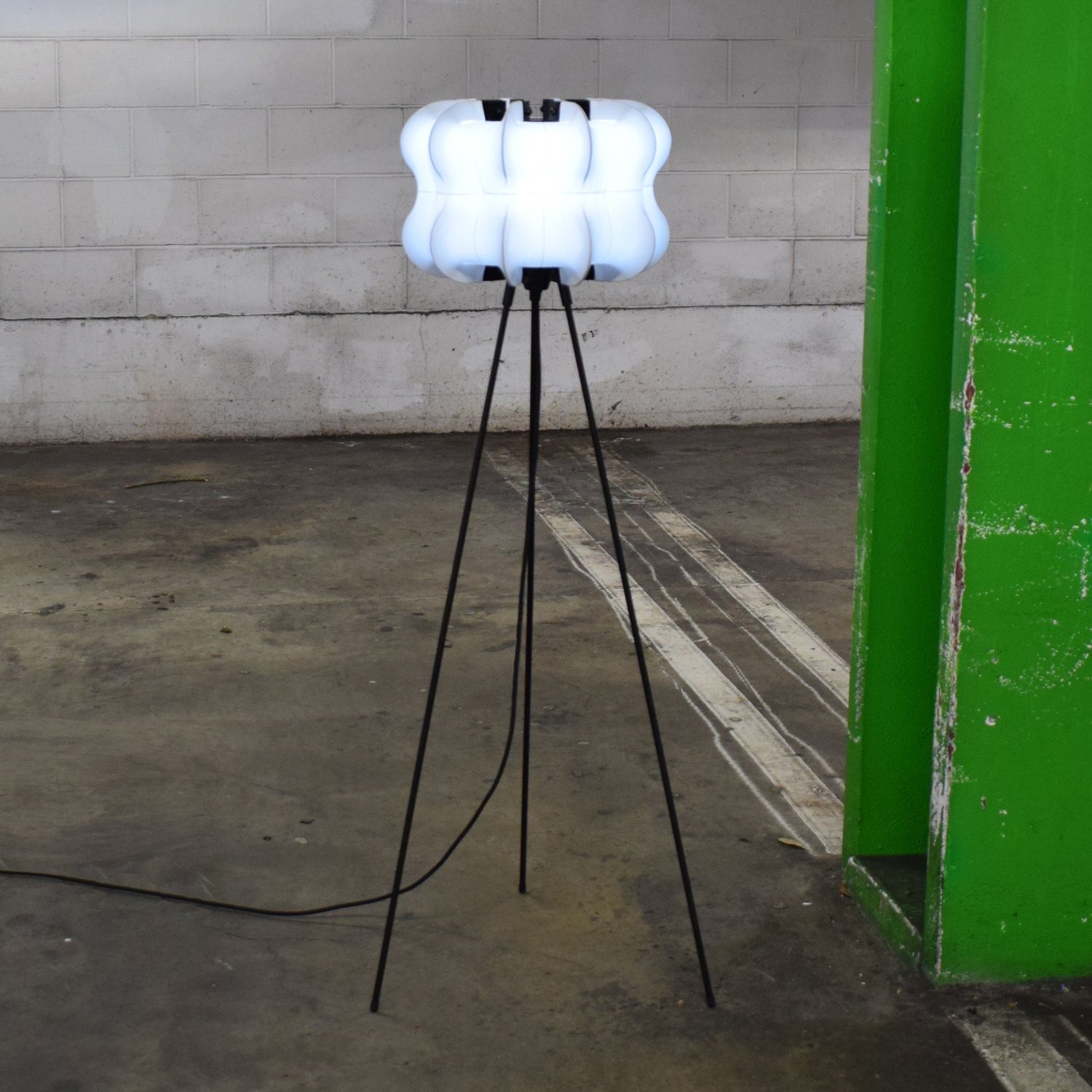
I'm curious, since light is so emotional and expressive in a way, how do you communicate this expression through designs?
Yeah, I think it's important in design not to impose too much of your own perspective. It's about finding a balance between clarity and subtlety. For me, creating a design that's simple and timeless allows people to add their own meaning to it. My inspiration often comes from natural and universal shapes that resonate universally. The round and warm shape of a light source, like the sun, is a good example. When you ask how this translates into emotional objects, it's mostly a matter of intuition. I believe in creating pieces that are timeless and straightforward, inviting people to attach their own emotions. Sometimes it's abstract, a feeling that I give a physical form to, almost like creating little creatures. This process helps me express and detach from those emotions, resulting in designs when everything clicks in and falls into the right shape.
It's like every process for me is different, and perhaps that's because I'm quite intuitive. So something I'm processing within myself at the same time is finding its shape in the object – it's a mutual conversation. Eventually, it materialises into the product. I've found my own path as a designer by merging these different worlds and creating. Many designers have a linear process, but mine is never linear – it's always winding roads.